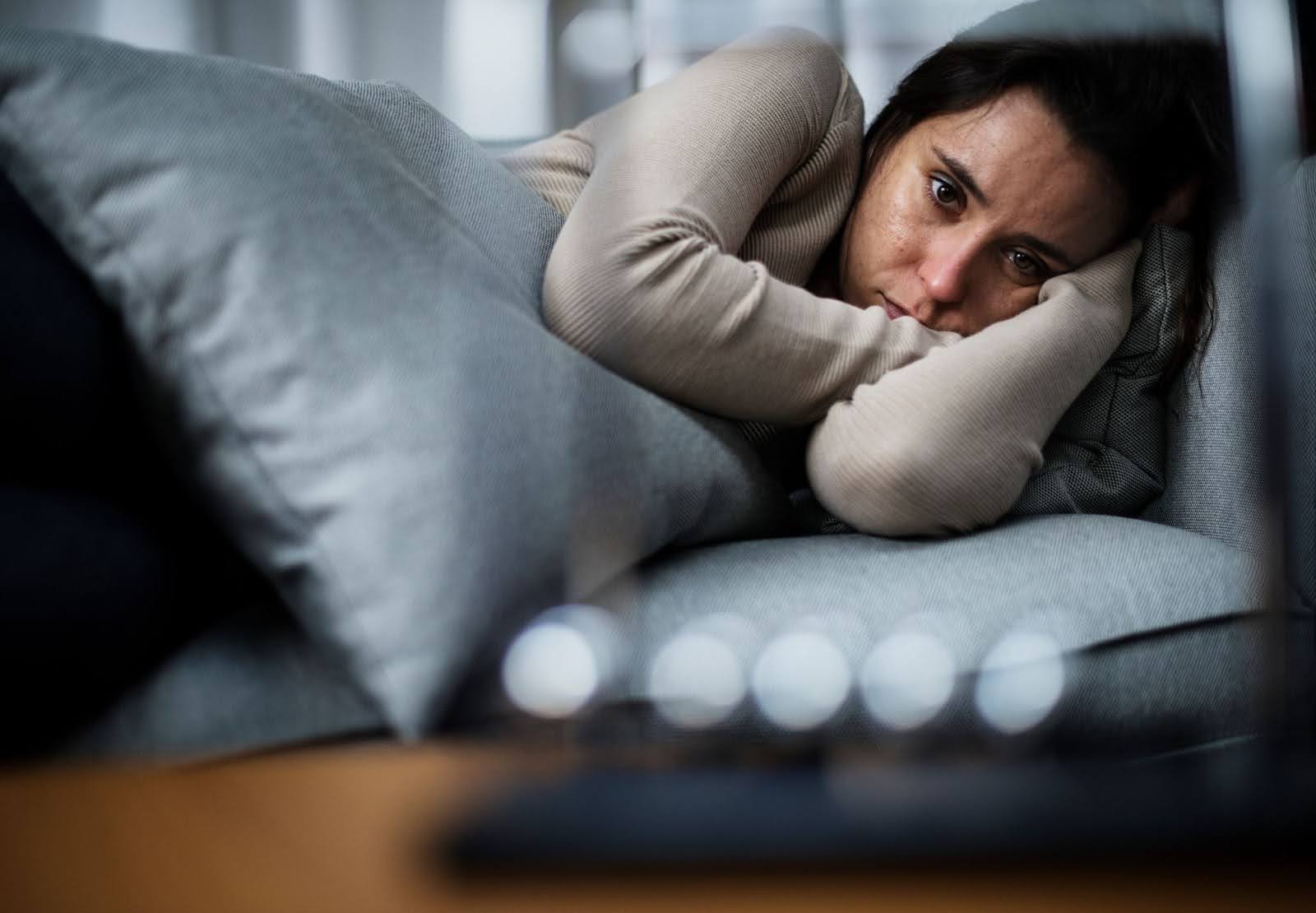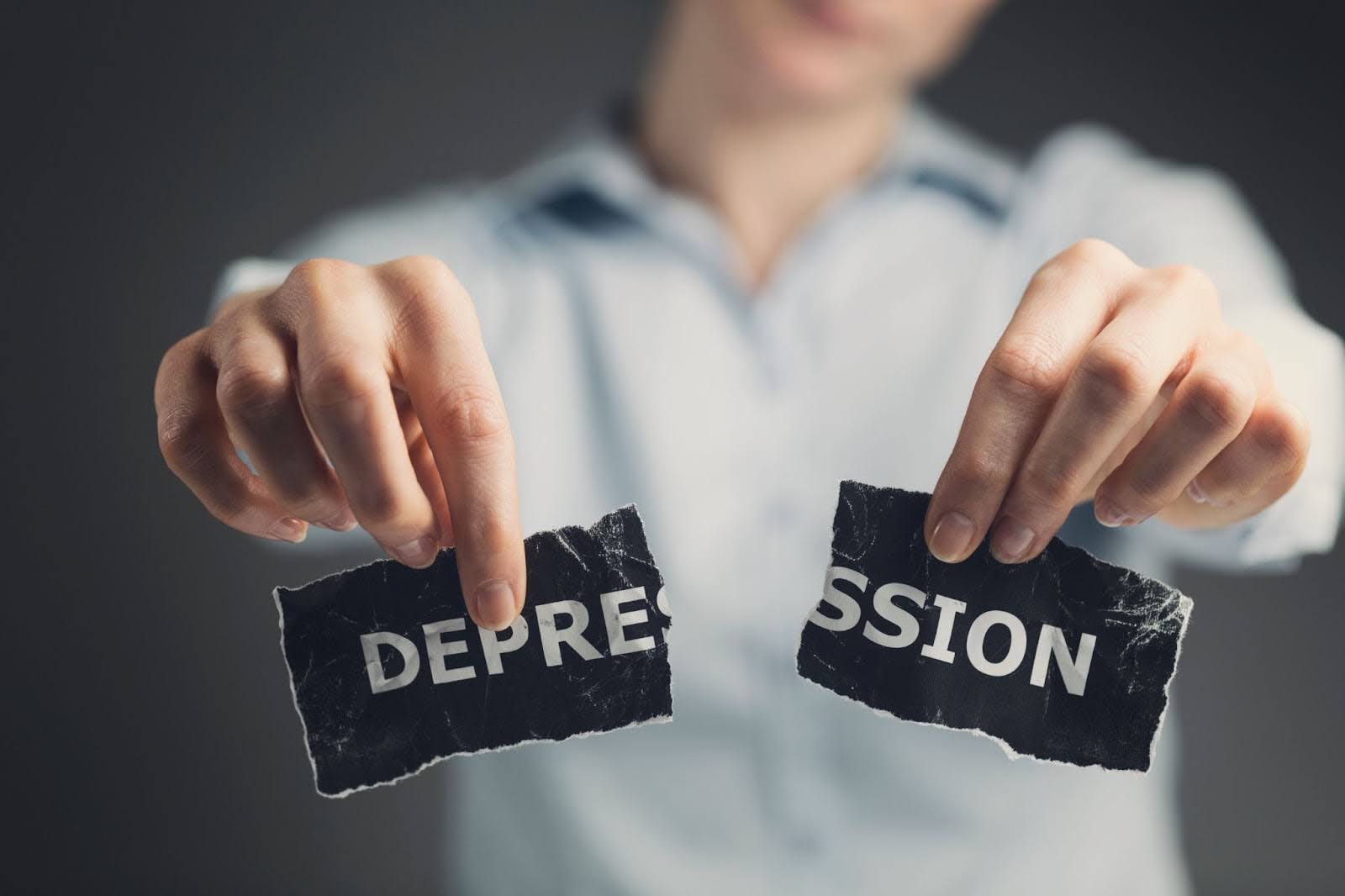So, today we’re diving into a topic that’s super important but a bit confusing — the world of depression treatments. With so many options out there, from the latest techniques like TMS therapy to more traditional methods like medications and talk therapy, it sometimes feels like navigating a maze to figure out what might work best for you or someone you care about.
In this blog, we’re going to compare TMS with traditional depression treatments. We’ll look at how each one works, who they’re best suited for, and what to expect from them.
Whether you’re considering treatment options for yourself, trying to help a friend, or curious about what’s out there, I hope this chat will shed some light on the subject. So, let’s break down the pros and cons of TMS versus traditional treatments and hopefully make this whole complex world a bit easier to navigate.
What is depression?
You know, depression is a lot more complex than feeling blue or having a string of bad days. Depression is a serious medical condition that affects how you feel, think, and handle daily activities. It’s like being stuck in a persistent low mood that you can’t simply shake off.
Depression drains your energy, leaving you feeling empty or fatigued all the time. It often steals the pleasure or interest you once took in activities you loved. Imagine your favorite hobbies or hanging out with friends no longer bringing you any joy.
It also messes with your thoughts. People with depression often deal with feelings of worthlessness or guilt. They might ruminate over past failures or self-criticize over things that aren’t their fault. It’s like having a critical voice in your head that won’t let up.
Physically, it shows up in several ways. Some might find it hard to sleep or sleep too much. Some might experience changes in appetite, leading to weight loss or weight gain. Then there’s this overwhelming sense of tiredness, even without much physical exertion.
One of the trickiest parts is how it affects thinking and concentration. Making decisions, focusing on tasks, or even remembering things becomes challenging.
Now, in terms of what causes it, it’s a blend of factors. There’s a genetic angle — if depression runs in your family, you might be more prone to it. Then there are brain chemistry aspects — it involves changes in neurotransmitter levels, which are chemicals in your brain that affect mood and emotions.
Life events play a role, too. Stressful events like the loss of a loved one, a difficult relationship, or financial problems can trigger it. Sometimes, it’s a mix of environmental, psychological, and genetic factors.
It’s important to remember that depression isn’t a sign of weakness or something you can snap out of with willpower. It’s a health condition that needs treatment, like any physical ailment. The good news is, it’s treatable. With the right approach, like therapy, medication, lifestyle changes, and newer methods like TMS, people are able to manage and overcome it.
So, that’s a closer look at depression. It’s a complex condition, but understanding it is the first step towards managing it effectively.
Traditional depression treatments
Multiple traditional depression treatments help. Let’s take a look at each one.
Medications
The most common go-to is antidepressants. You’ve probably heard of SSRIs (Selective Serotonin Reuptake Inhibitors). They’re like the standard first-line treatment. They increase serotonin levels in the brain, which helps lift your mood.
Other types, like SNRIs, tricyclics, and MAOIs, are also used based on specific symptoms and how you might react.
SNRIs
SNRIs, or Serotonin-Norepinephrine Reuptake Inhibitors, are a type of antidepressant medication. They work by increasing the levels of two important brain chemicals, serotonin and norepinephrine, which play a key role in regulating mood.
By preventing these neurotransmitters from being quickly reabsorbed back into brain cells, SNRIs help boost mood and alleviate symptoms of depression and anxiety. While effective for many, some people may experience side effects like nausea, dizziness, or sleep issues, so finding the right balance for each individual’s treatment is important.
Tricyclics
Tricyclics, or tricyclic antidepressants (TCAs), are a group of older antidepressant medications. They work by increasing the levels of neurotransmitters in the brain, specifically serotonin and norepinephrine, much like SNRIs.
However, TCAs also affect other neurotransmitter systems, which leads to a broader range of side effects compared to newer antidepressants. Common side effects might include dry mouth, blurred vision, constipation, urinary retention, and drowsiness.
Despite these side effects, tricyclics are still used because they are highly effective, particularly in cases of severe depression or when other treatments have failed. They are also used to treat other conditions like chronic pain and certain anxiety disorders.
MAOIs
Monoamine oxidase inhibitors, or MAOIs, are a class of antidepressants that are among the earliest types developed. They work by inhibiting the activity of an enzyme called monoamine oxidase. This enzyme breaks down neurotransmitters such as serotonin, norepinephrine, and dopamine in the brain.
By inhibiting this enzyme, MAOIs increase the levels of these neurotransmitters, which helps improve mood and alleviate depression symptoms. MAOIs are typically used as a treatment option when other antidepressants haven’t been effective.
However, they require strict dietary restrictions to avoid potentially dangerous interactions with certain foods and other medications, and they sometimes have significant side effects, which is why they’re generally not the first choice in depression treatment.
The thing with medications is that sometimes it takes a bit of trial and error to find the right one with manageable side effects. So you shouldn’t get too discouraged if the first one or two you try isn’t a perfect fit.
Psychotherapy
This is where talking helps. Cognitive-behavioral therapy is super popular. It’s about identifying and changing negative thought patterns and behaviors. There’s also psychodynamic therapy, which digs more into how your past experiences affect your current behavior.
Therapy can be one-on-one, in groups, or even family-based, depending on what’s going on with you.
Lifestyle changes
Never underestimate the power of lifestyle tweaks. Regular exercise, a healthy diet, and good sleep all play a big role in managing depression. Sometimes, small changes in daily routines make a big difference.
Alternative treatments
Some people find relief with acupuncture, meditation, or herbal supplements. It’s a bit more outside the traditional box, but for some, these help when combined with other treatments.
Remember, everyone’s journey with depression is different. What works for one person might not work for another. It’s all about finding the right combination and balance. That’s why having a good doctor to guide you through this is key. They’ll help tailor a treatment plan that fits your specific needs.
What is TMS therapy?
TMS therapy is a pretty cool treatment for depression, especially when the usual stuff like meds and talk therapy haven’t hit the mark.
Imagine a treatment that doesn’t involve medications or surgery. TMS uses magnetic fields — kind of like what you’d find in an MRI machine — to stimulate specific areas of your brain. The idea is to target parts of the brain that are underactive in depression.
Here’s how it goes down: you sit in a comfy chair, and they place this special coil against your head. This coil sends brief magnetic pulses to your brain. You don’t feel much —- maybe a tapping sensation on your scalp. It’s non-invasive, so you’re awake the whole time, and no recovery period is needed. You can drive yourself home afterward.
You typically go in four to five times a week for several weeks. The session duration depends on whether you do traditional or accelerated TMS. People often notice an improvement in their symptoms after a few weeks.
The cool thing about TMS is that it’s pretty safe, with fewer side effects compared to antidepressants. The most common thing you might feel is a bit of discomfort at the treatment site or a mild headache, but this usually gets better after the first few sessions.
So, in a nutshell, TMS is a great option for folks looking for an alternative to standard depression treatments, especially if they’re looking for something without the side effects of meds. It’s like giving your brain a gentle nudge to help it function better.
Ideal candidates for TMS therapy versus traditional treatments
Alright, let’s chat about who’s an ideal candidate for TMS therapy versus who might benefit more from traditional depression treatments. Think of it like choosing the right tool for a specific job.
Ideal candidates for TMS therapy
Treatment-resistant depression: The prime candidates for TMS are often people who haven’t had much luck with traditional treatments. We’re talking about folks who’ve tried different antidepressants, maybe even therapy, but haven’t seen the improvement they were hoping for.
Concerns about medication side effects: Some people don’t jive well with the side effects of antidepressants — stuff like weight gain, sexual side effects, or feeling “numb.” TMS offers an alternative without these systemic side effects.
Looking for non-invasive options: If more invasive treatments like ECT are off-putting, TMS is a great option. It’s non-invasive, you don’t need anesthesia, and you generally are able to go about your day as normal after each session.
Certain medical conditions: TMS is a safer choice for some people with specific health issues, where medications might complicate things.
Ideal candidates for traditional treatments
First-time treatment seekers: If you’re dealing with depression for the first time, traditional treatments like therapy and medications are usually the starting point. They have a good track record and can be very effective.
Mild to moderate depression: For those with milder forms of depression, the combination of therapy and medication often works well and can provide significant relief.
Preference for established treatments: Some folks prefer sticking with well-established treatments that have been around for a longer time. They’re more comfortable going with what’s familiar, and that’s totally okay.
TMS therapy at Brain Health Center
TMS therapy at Brain Health Center could be the game-changer you’ve been looking for. It’s non-invasive, has minimal side effects, and has shown great promise in treating depression, especially for those who haven’t found relief with other methods.
Our team is dedicated to providing personalized care in a comfortable and supportive environment, ensuring the best possible experience and outcomes for our patients.
So, why not take the next step? Reach out to us at Brain Health Center. Whether you’re ready to start your TMS journey or have a few more questions, we’re here to help guide you through the process. Taking control of your mental health is a brave and important step, and we’re here to support you every step of the way.
Contact Brain Health Center today to learn more about TMS therapy and how it can fit into your journey toward better mental health. Let’s work together to find a path forward that’s right for you.



